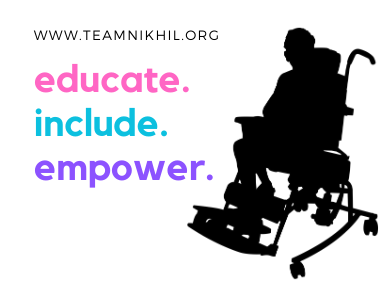What you need to know about Medicaid before relocating to a new state with your medically-complex child
It seems pretty simple, right? You have a whole list of medical and support services your child uses (which took you forever to get approved and scheduled). If you need to relocate, your services should “transfer” to the new state, right? It turns out that it is NOT that simple and you need to be informed prior to relocating.
If your child requires services that are part of a state-funded program you should be aware that programs can vary. Many families utilize services that are part of a state Medicaid Waiver program. This means that the standard income requirements to qualify for state Medicaid are “waived” and our children can qualify for Medicaid regardless of parental income. They are often called “waiver programs” for this reason. You obviously know how fortunate you are if your child is enrolled in this. That’s because Medicaid acts as a type of health insurance with benefits such as skilled nursing care in the home, therapy, medications, durable medical equipment, medical supplies, and more. When your child has a rare condition, the cost of a new medication alone can exceed $500 per month. Medicaid can be a tremendous help in this regard because families are often dealing with multitude of costs. It can take a toll on the family budget.
WHAT YOU NEED TO KNOW
Because Medicaid is a state-implemented program, each state determines how funds are allocated. Funds set aside for children with disabilities can be limited. In some states, the number of Medicaid Waiver recipients are so few that the waiting period is 5-6 YEARS long. It sounds unbelievable but it is true. The only way spots become available is if a recipient dies or if a child’s condition improves. In other states, there are plenty of recipients and there is no waiting list. This is why you must contact the state you plan to relocate to understand their process. Having Medicaid in one state will not necessarily guarantee Medicaid in your new state. That said, there are many nuances to this and you may find a state that can do a “waiver” to “waiver” transfer. The point is, you need to contact them: Home – Kids’ Waivers (kidswaivers.org)
Another important piece to realize is that in most cases, you must cancel one state’s Medicaid before applying to another. This may not be a problem if this is not your primary insurance or if you do not utilize day-day services through Medicaid. But it can be very tricky to coordinate for a child requiring a ventilator, oxygen, or skilled nursing care. In fact, you may find yourself calling Medicaid while driving a UHaul to keep your gap in Medicaid to a minimum. I have actually done this and I’ll share some tips that may smooth your transition:
TIPS
- Contact the new state’s Medicaid office. Keep a list of names of people you speak with and keep an email trail. Here’s that list again Home – Kids’ Waivers (kidswaivers.org)
- Obtain the Medicaid application (yes, some still use paper) and complete as much of it as you can prior to your move. You may need supporting documents such as tax returns and pay stubs as a formality, developmental pediatrician notes, etc. so be prepared to collect those.
- Find out if you can submit any portion of the application BEFORE you leave your old state. Most will not allow this until you have discontinued your old state’s Medicaid. If they don’t allow this, ask if the state can hold your completed documents and allow you to make a phone call as soon as you leave your old state to start the processing.
- Keep following up (without being annoying of course since you can’t afford to make enemies during this). The last thing you need is your child’s application getting lost in the shuffle or delayed due to a missing document.
Moving and establishing care in a new state with your child can be stressful. Try to do your homework and do some of the leg-work ahead of time to ease the process.
